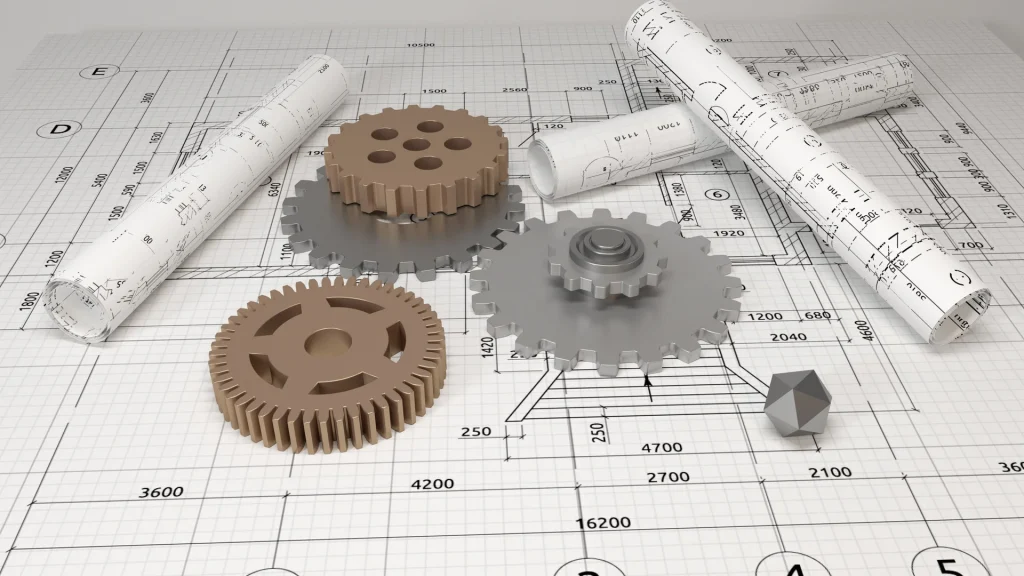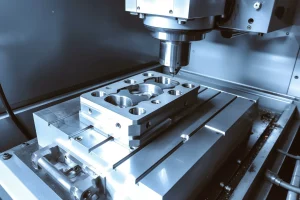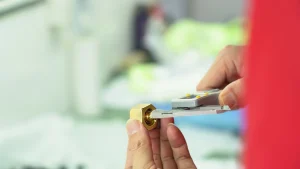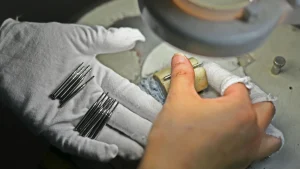When you hand over a precision part drawing to a CNC machining service provider, do you expect them to just press the start button of the machine? The truth is: high-quality CNC machining services are a precision manufacturing collaboration that integrates deep industry cognition. Ignoring industry knowledge is like losing a critical screw in precision instrument assembly – the surface is intact but the core is at stake.

Misconception Decoded: CNC Machining ≠ Simple OEM
“Follow the map” trap: The drawing is the starting point, not the end. Service providers lacking industry background may overlook the stringent biocompatibility requirements of medical devices or the dynamic loading characteristics of automotive parts, leading to poor material and process selection.
The illusion of “equipment universal theory”: No matter how advanced the five-axis machine tool is, if the operator does not understand the special tolerance chain accumulation principle of aerospace parts, or the control points of ultra-thin wall processing deformation of electronic radiator fins, the yield rate will inevitably be worrying.
One-sided equation of “cost = quote”: Comparing unit prices alone may obscure the batch efficiency gains from tooling design optimization or the critical impact of special surface treatments on product life, ultimately driving up the total cost.
Industry Demand Map: The Customized Core of CNC Services
Medical devices: Titanium alloy joint implants need to take into account super-mirror polishing (Ra≤0.05μm) and microporous structure bioconfluence, and the processing process must eliminate any source of contamination. Service providers need to master the characteristics of medical materials and aseptic production specifications.
Automotive new energy: Motor housing requirements High air tightness (helium leak detection rate< 10^{-6} Pa·m³/s) and efficient heat dissipation tooth design. Suppliers need to be proficient in deformation compensation for aluminum alloy die castings and understand the thermal management logic of electric drive systems.
Aerospace: Engine blades not only meet 0.005mm profile tolerance but also involve complex residual stress control. This requires service providers to have a superalloy cutting database and aviation-grade testing certifications (such as NADCAP).
Optics and semiconductors: Nanoscale flatness and ultra-clean and dust-free processing of wafer fixtures are the core. Service providers need to operate in 10,000-level clean workshops and be proficient in non-contact measurement technology.
Portrait of high-quality service providers: the embodiment of industry knowledge
Requirements Translator: Understand the requirements behind “automotive ECU housings need to work in a 120°C environment for a long time” – recommend high-temperature resistant PEEK instead of ordinary nylon in the material, add heat dissipation fin design to the structure, and optimize the thin-wall processing strategy.
Process Optimizer: In the face of complex automotive injection molds, it is recommended to split the overall electrode into multiple sub-electrodes for processing, which can shorten EDM man-hours by 35% while ensuring precision, and avoid the profile distortion caused by “bullet knives” of large electrodes.
Risk Warning Officer: In the small-batch trial production stage of medical devices, that is, the risk of color difference in the anodizing of titanium alloy thin-walled parts is reminded, and the clamping scheme and parameters are adjusted in advance to avoid batch scrapping.
Value Co-Creator: When providing aluminum alloy shell processing for consumer electronics customers, actively integrate processes such as sandblasting, nano injection molding (NMT), and laser engraving to form an integrated solution and shorten the customer supply chain.
Selection Action Guide: Ask Key Questions to Service Providers
“What is the core function and stress environment of this part in the end equipment?” (Examining Application Scenario Understanding)
“How can your cutting parameter library be optimized to balance tool life and efficiency for this material, such as Inconel 718?” (Verify process precipitation)
“What are the difficulties in machining (e.g. thin wall deformation) in similar projects? What is your solution? (Assessing problem-solving skills)
“How do you ensure consistency in series production? What are the key dimensional points for SPC control? (Inspection Quality Management System)
In the realm of precision manufacturing, CNC equipment is the muscle, and industry knowledge is the nerve center. When service providers can clearly interpret the technical challenges behind your industry terminology, foresee assembly interference risks beyond part tolerance annotation, and even optimize cutting strategies from the perspective of material microstructure – you are not only getting qualified parts, but also hidden competitiveness that reduces R&D trial and error costs and accelerates product launch.
The next time you send out a processing inquiry, you may wish to include industry knowledge matching in the core evaluation dimension. The real value is often hidden in the professional dialogue beyond the roar of machine tools.






